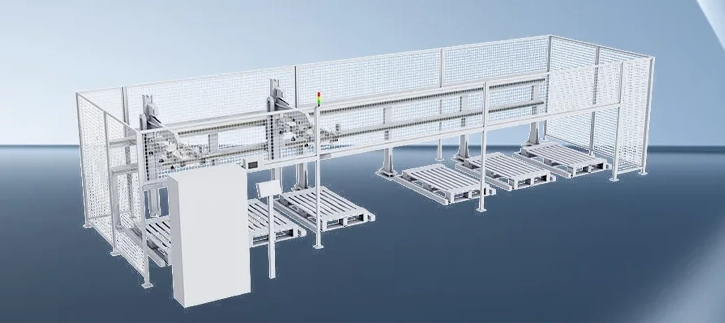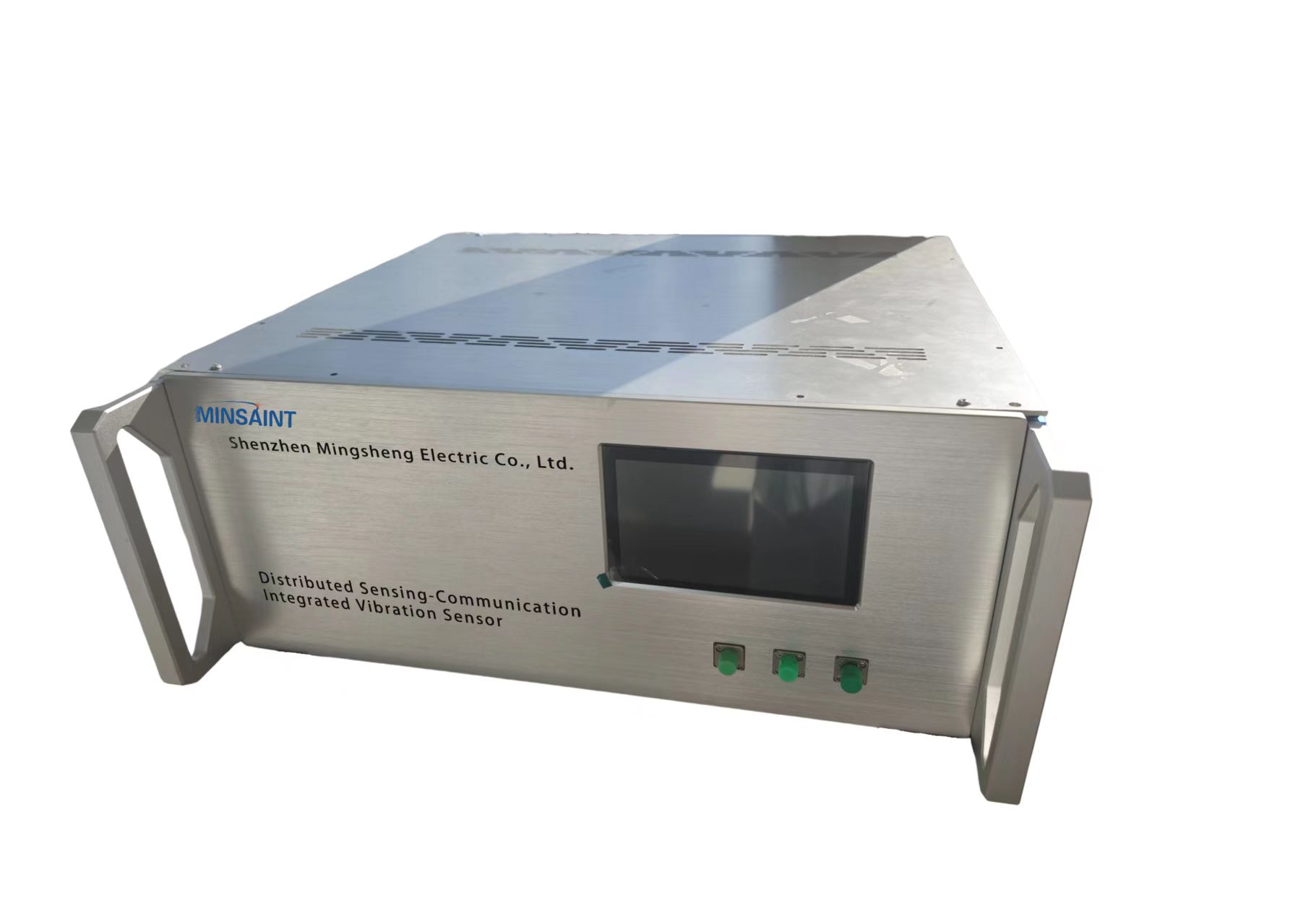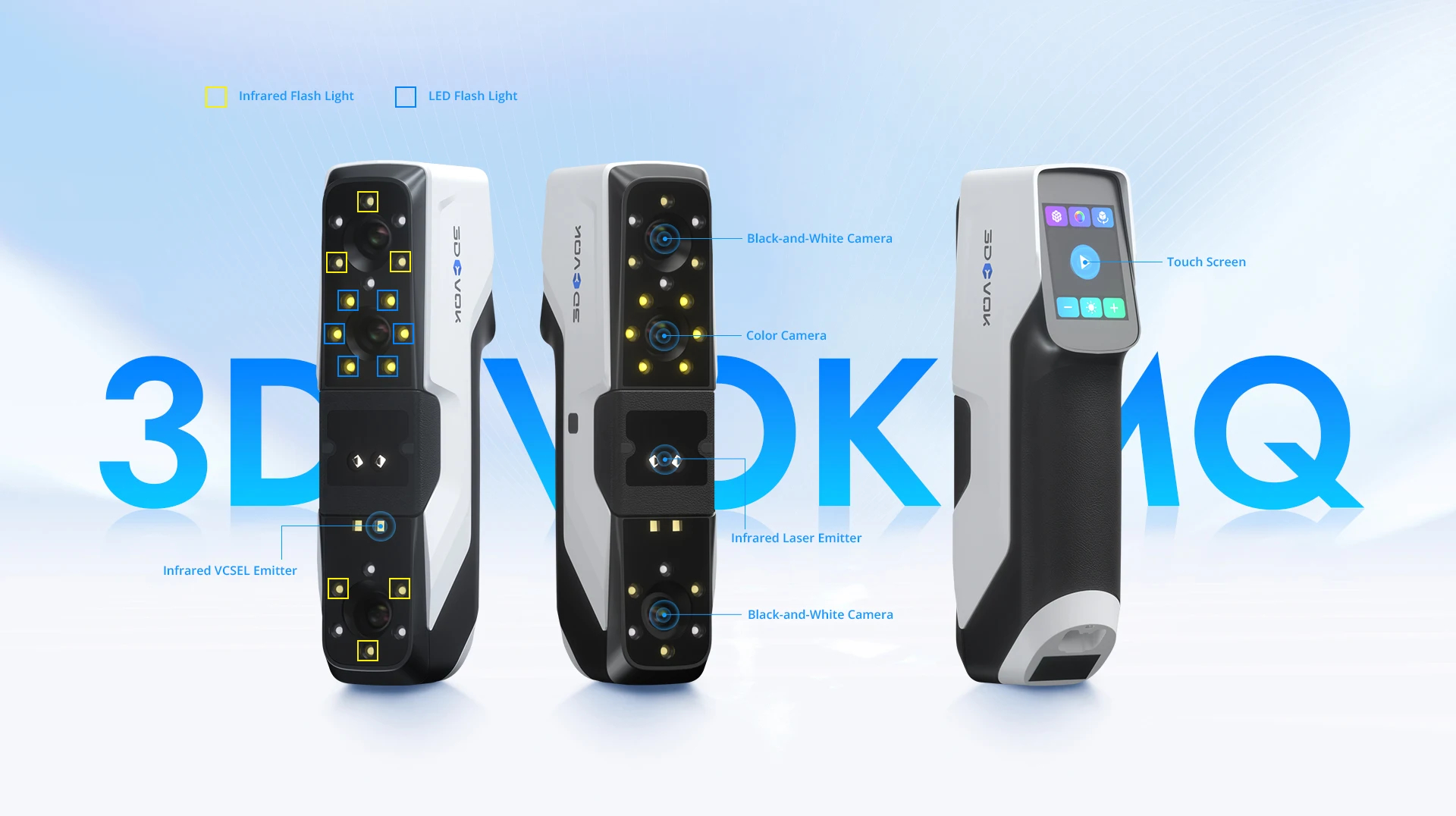In the ever-evolving landscape of office technology, all-in-one printers (AIOs) have emerged as indispensable tools for both home and business environments. These multifunctional devices combine printing, scanning, copying, and sometimes faxing capabilities into a single unit, offering convenience and efficiency. However, a common question arises among users: Do all-in-one printers have memory? This inquiry delves deeper than mere technical specifications; it touches on functionality, performance, and data security. In this article, we will explore the memory capabilities of AIO printers, their implications for users, and best practices for maximizing their potential.
Understanding Printer Memory
To comprehend whether all-in-one printers have memory, it is essential to first understand what memory means in the context of printing technology. Printer memory refers to the internal storage capacity that allows the device to process and store data temporarily. This memory is crucial for managing print jobs, especially when multiple tasks are queued or when printing complex documents.
Types of Memory in All-in-One Printers
- RAM (Random Access Memory): This is the primary type of memory used in AIO printers. RAM is volatile memory, meaning it loses its data when the printer is turned off. It is used for temporarily holding print jobs and processing data. The amount of RAM in an all-in-one printer can significantly affect its performance, particularly in high-volume printing scenarios.
- Flash Memory: Some all-in-one printers come equipped with non-volatile flash memory, which retains data even when the printer is powered down. This type of memory is often used for storing printer settings, user preferences, and sometimes even scanned documents. Flash memory can enhance the functionality of AIOs, allowing for quicker access to frequently used settings or documents.
- Hard Drive: A few high-end all-in-one printers feature an internal hard drive. This allows for extensive storage of documents, enabling features like print job archiving, document retrieval, and even advanced security options. Printers with hard drives can handle larger workloads and provide additional functionalities that are not available in standard models.
The Importance of Memory in All-in-One Printers
The memory capacity of an all-in-one printer directly influences its performance and usability. Here are several key aspects to consider:
- Print Speed and Efficiency
A printer with sufficient RAM can process multiple print jobs simultaneously, reducing wait times and improving overall efficiency. For businesses that rely on high-volume printing, investing in an AIO with ample memory can lead to significant time savings.
- Quality of Output
Memory also plays a role in the quality of printed documents. Higher memory capacity allows for better handling of complex graphics and high-resolution images, ensuring that the final output meets professional standards.
- Multitasking Capabilities
All-in-one printers are designed to handle multiple functions at once. Adequate memory ensures that users can print, scan, and copy simultaneously without experiencing lag or delays. This is particularly beneficial in busy office environments where time is of the essence.
- Data Security
With the increasing importance of data security, understanding how memory works in AIO printers is crucial. Printers with flash memory or hard drives may store sensitive documents, making it essential for users to implement security measures, such as password protection and data encryption, to safeguard their information.
Best Practices for Maximizing Printer Memory
To ensure that you are getting the most out of your all-in-one printer's memory capabilities, consider the following best practices:
- Regular Maintenance: Keep your printer’s firmware updated to ensure optimal performance. Manufacturers often release updates that can enhance memory management and overall functionality.
- Manage Print Jobs: Regularly clear out old print jobs from the printer’s memory. This can help prevent slowdowns and ensure that the printer operates efficiently.
- Utilize Cloud Services: Many modern AIO printers offer cloud printing capabilities. By utilizing these services, you can reduce the reliance on local memory and streamline your printing processes.
- Choose the Right Model: When selecting an all-in-one printer, consider your specific needs. If you frequently print large documents or require advanced features, opt for a model with higher RAM or an internal hard drive.
Conclusion
In conclusion, all-in-one printers do indeed have memory, and understanding its various types and functions is essential for maximizing the performance of these versatile devices. From enhancing print speed and quality to ensuring data security, memory plays a pivotal role in the overall functionality of AIO printers. By choosing the right model and implementing best practices, users can harness the full potential of their all-in-one printers, making them invaluable assets in any home or office setting. As technology continues to advance, staying informed about these features will empower users to make educated decisions that enhance productivity and efficiency.




